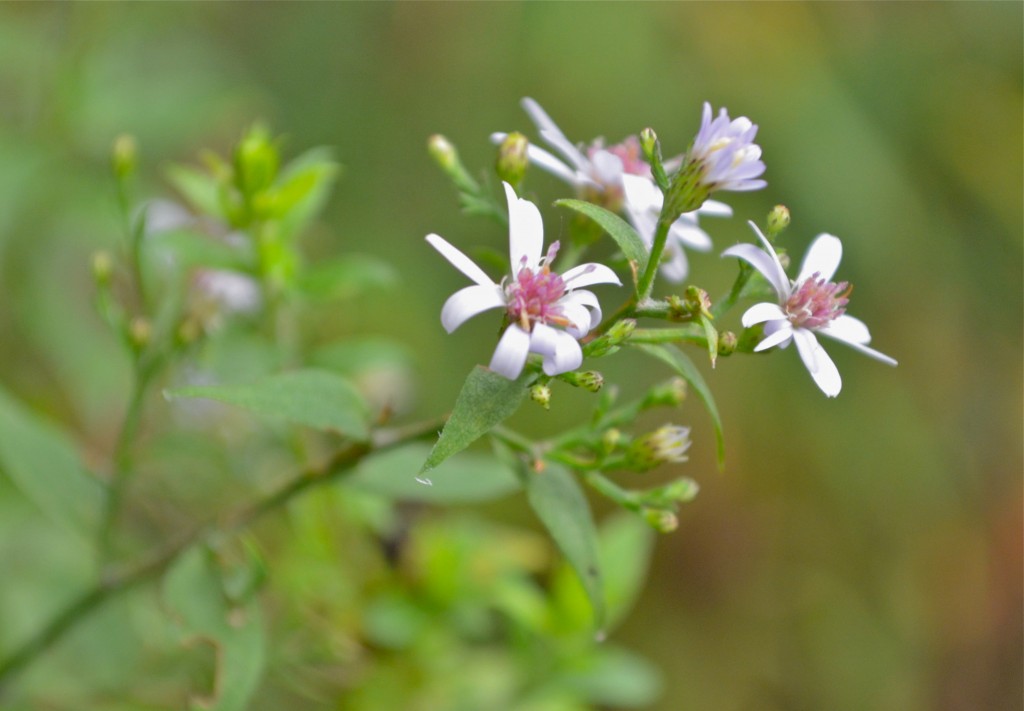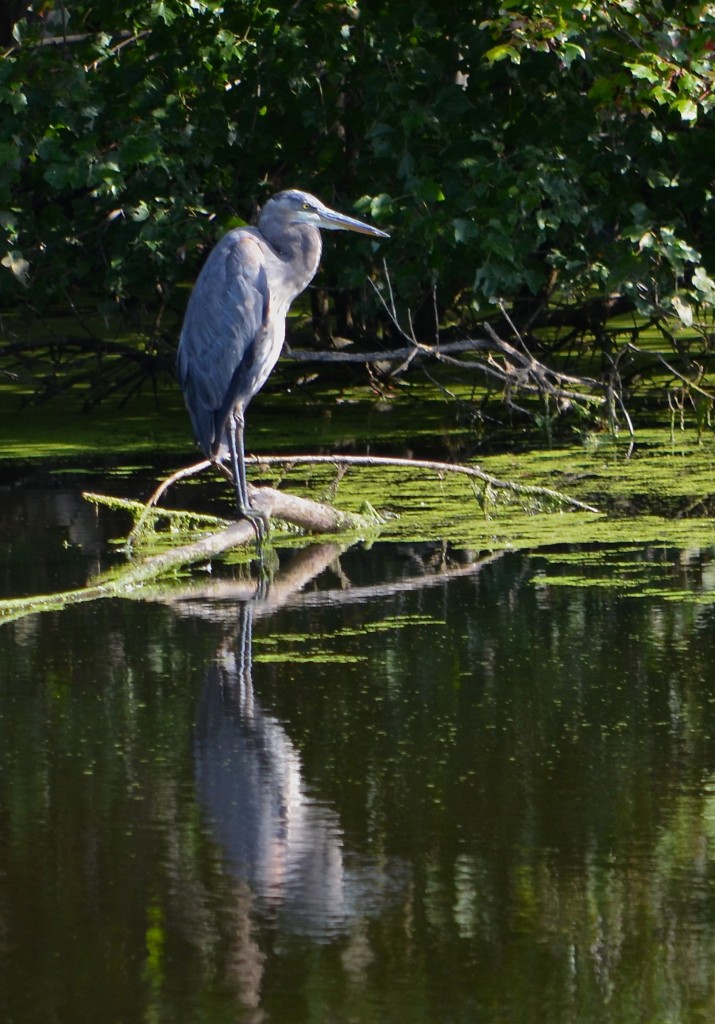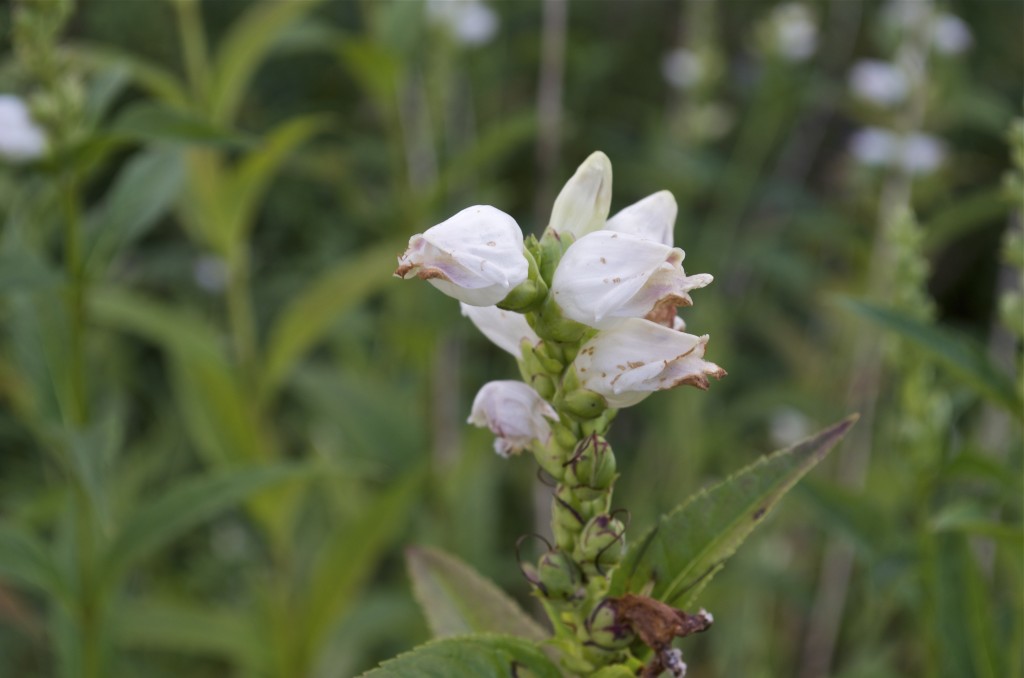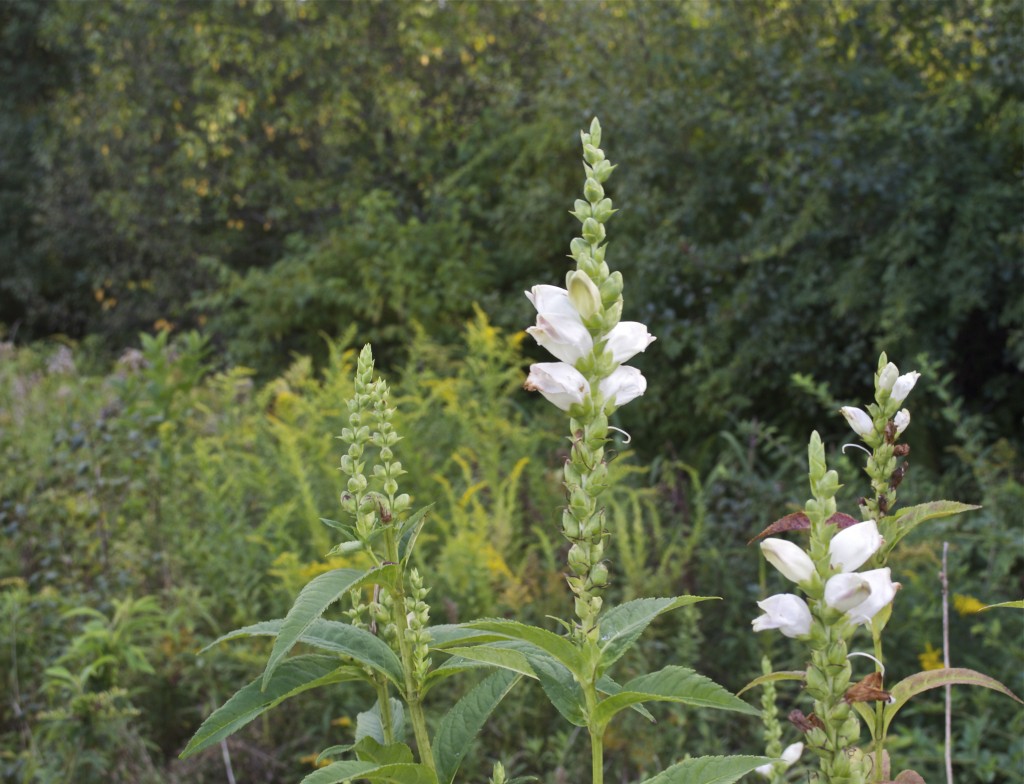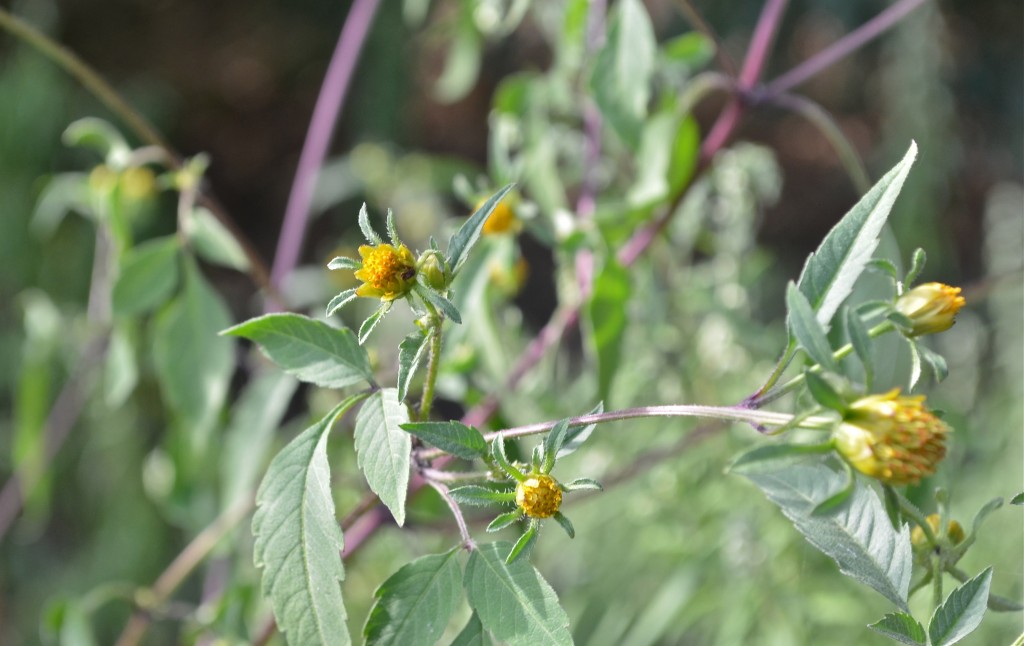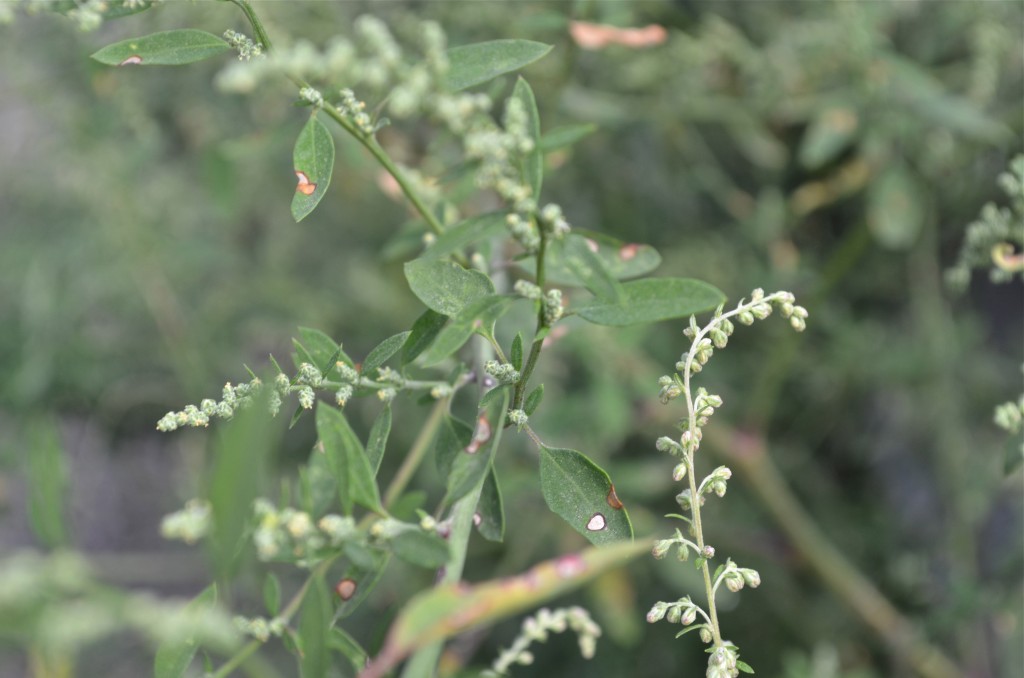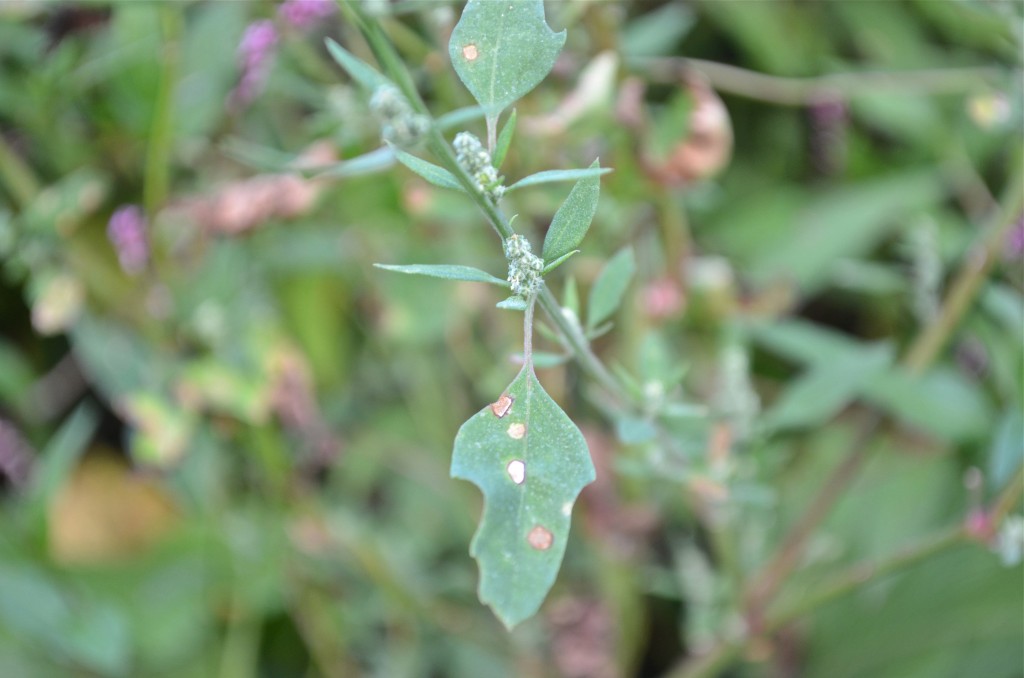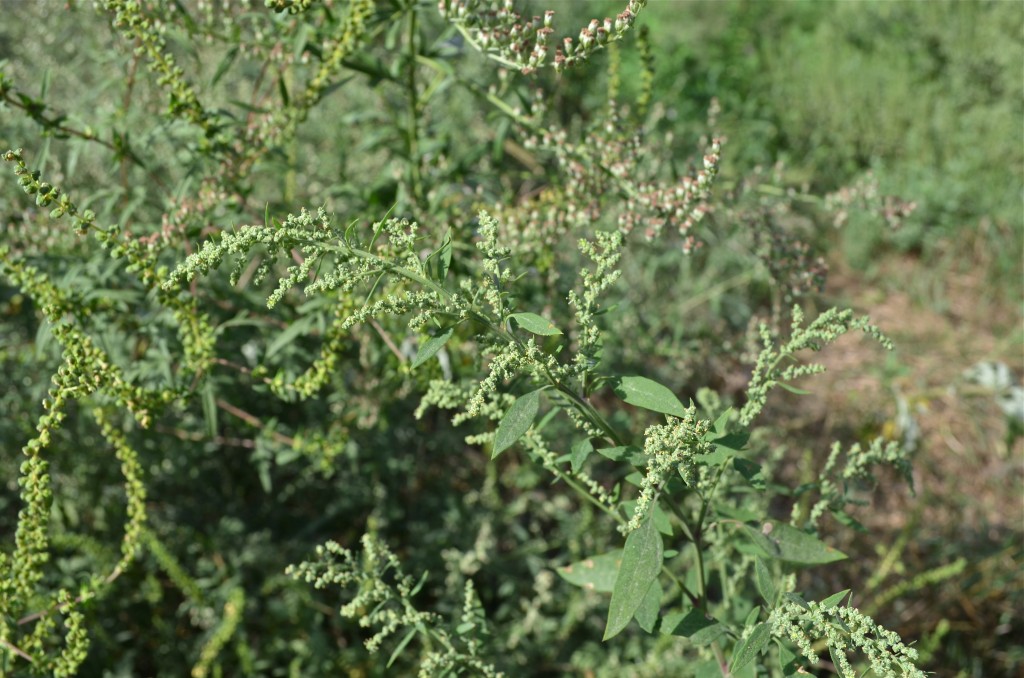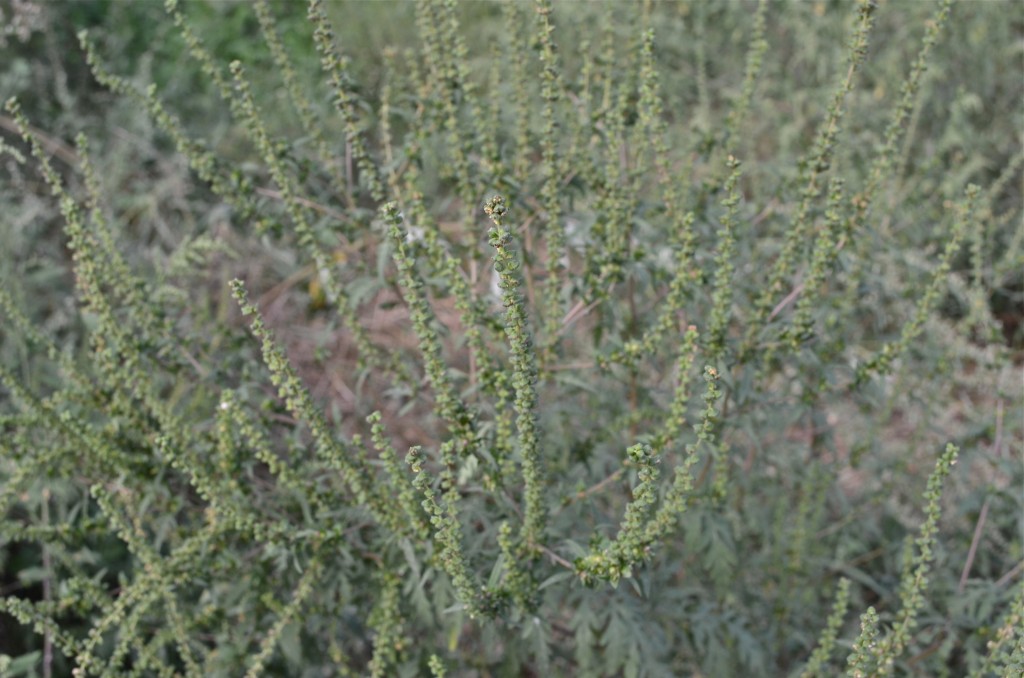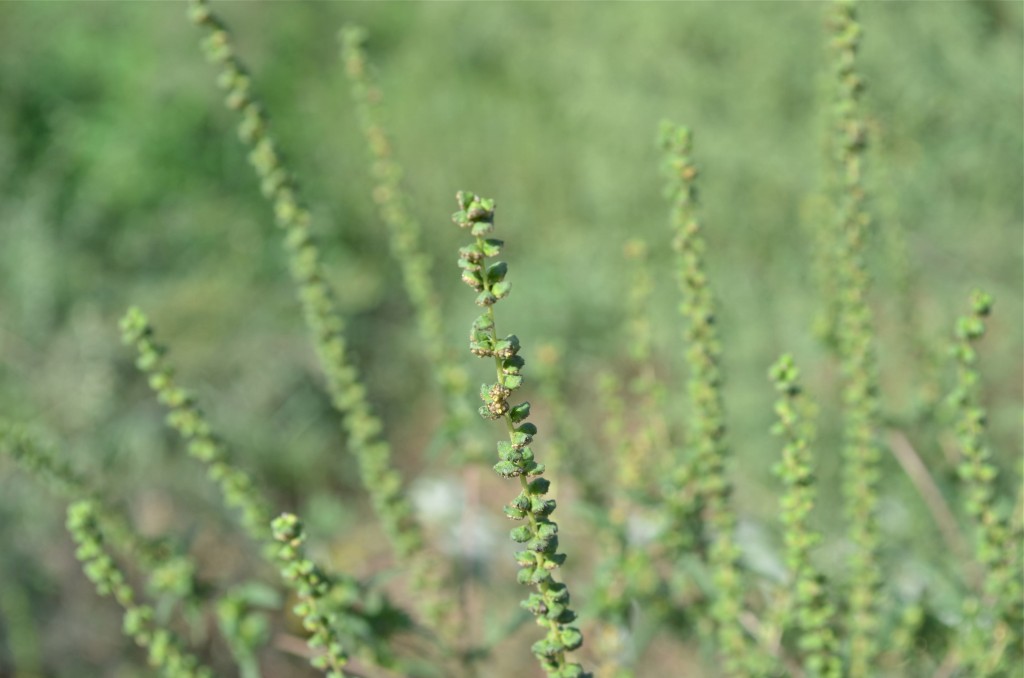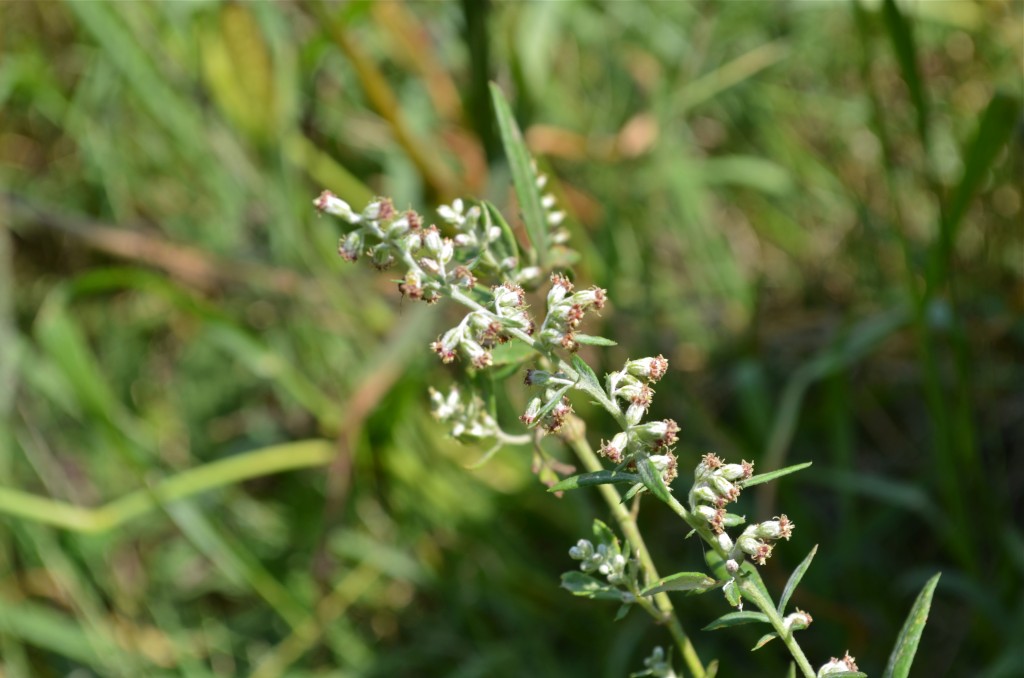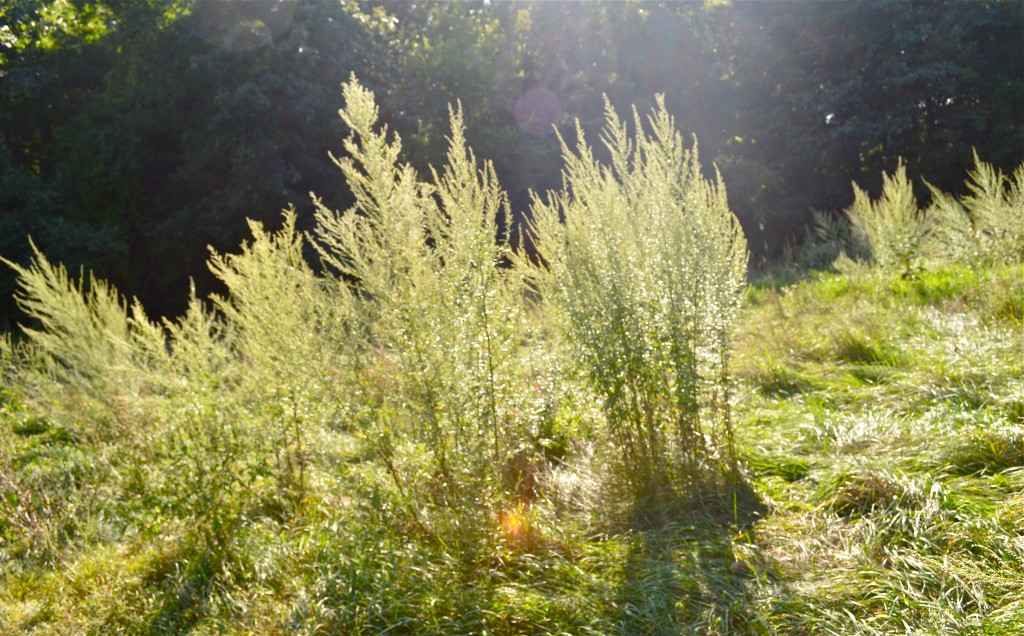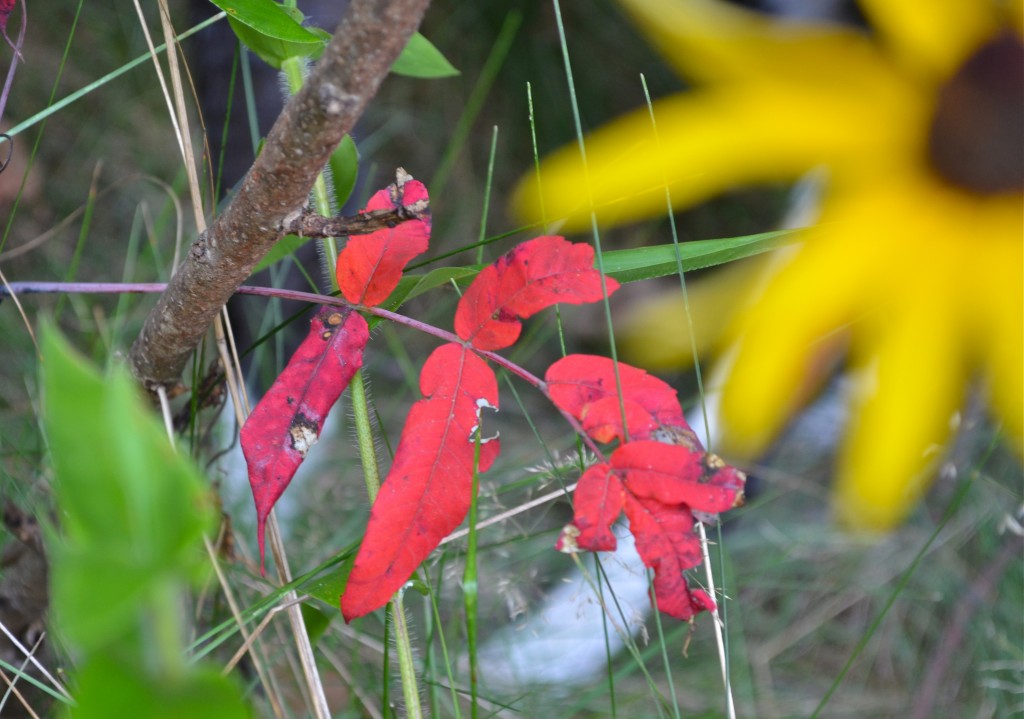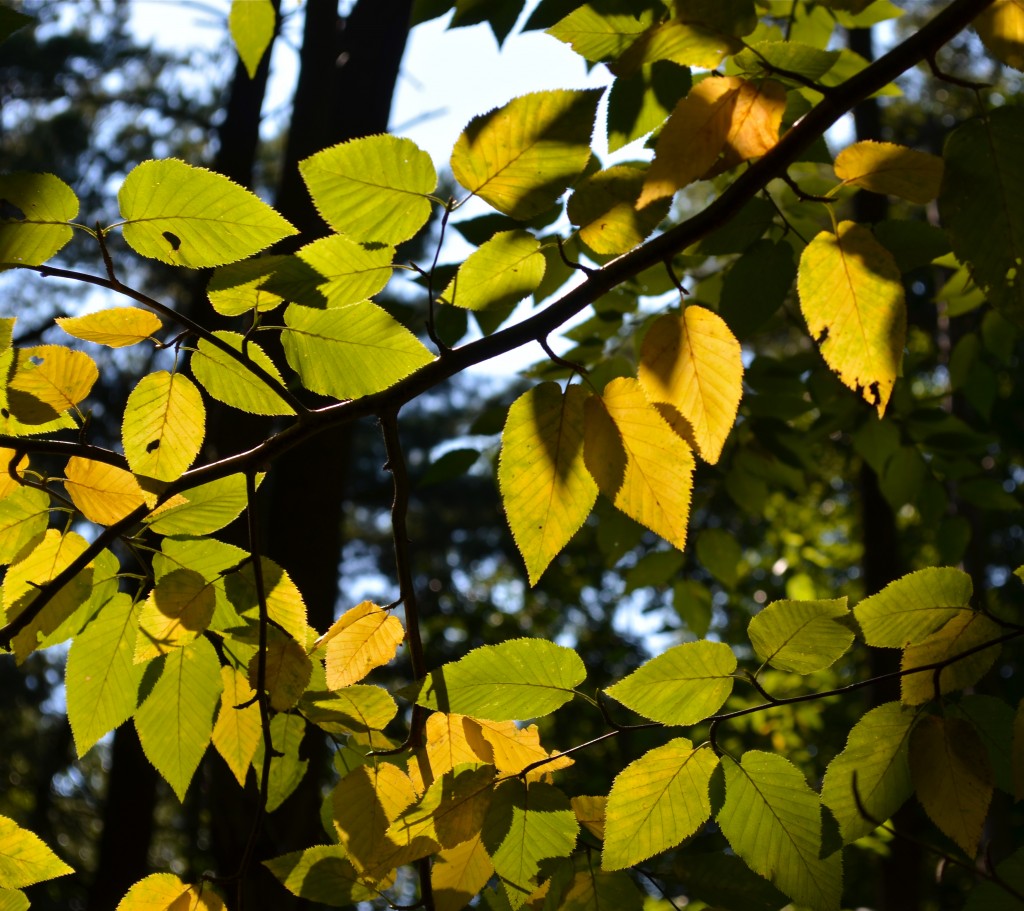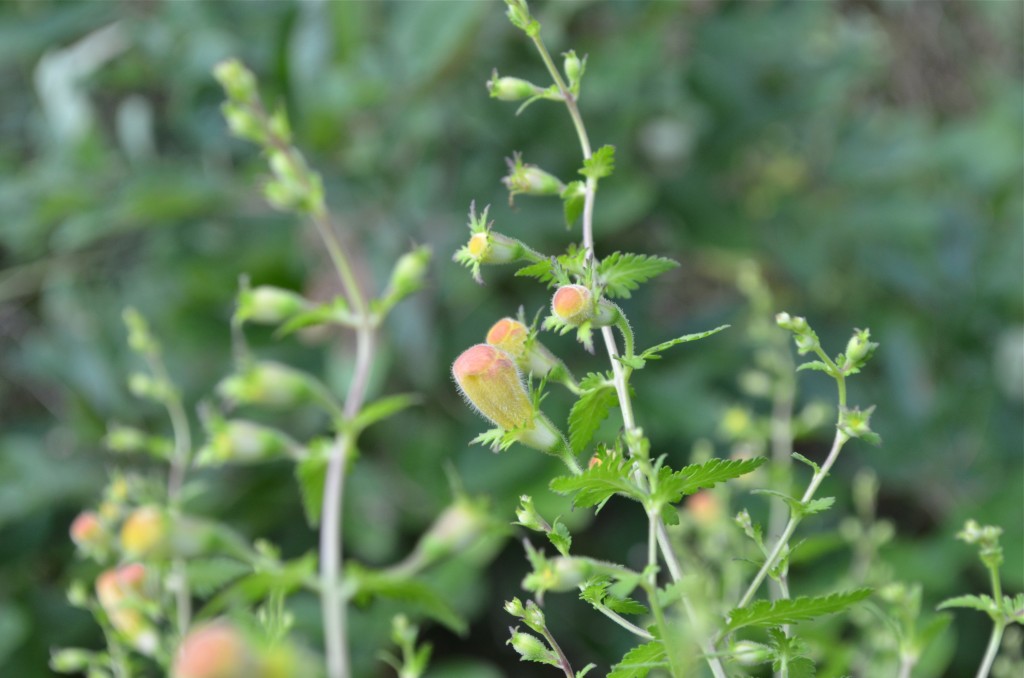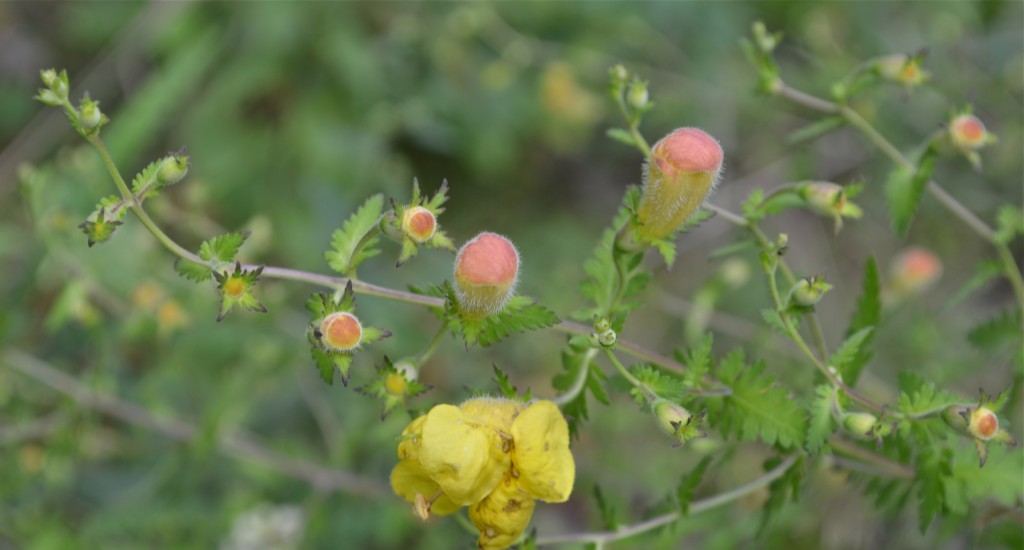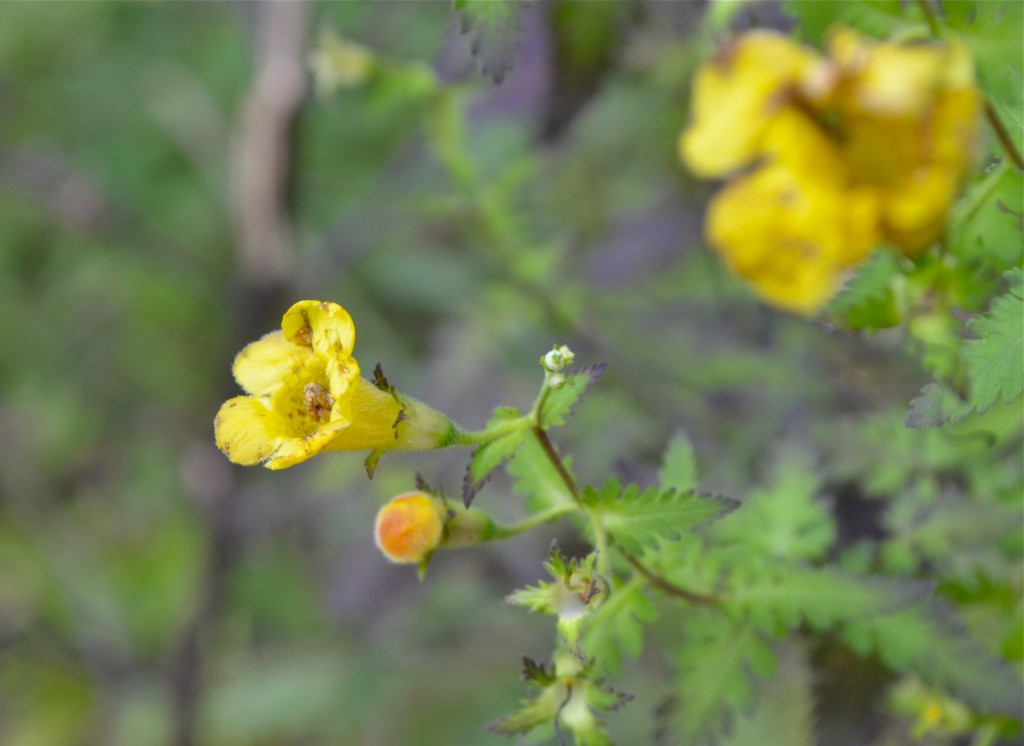It’s like someone checked the calendar and then flipped the Autumn switch. Labor Day weekend was summery beautiful, then suddenly Tuesday was cool and rainy. Today plenty of yellow leaves are plastered to the wet black driveway. Now we just need some bright yellow school buses to rumble by to complete the portrait of September.
Aster family. Native. The central disk starts out pale yellow but matures to brown or red-violet– this color variety is evidently the source of the calico name. Rays can be white or purple-tinged.
Calico Aster, Starved Aster (Aster Lateriflorus)

